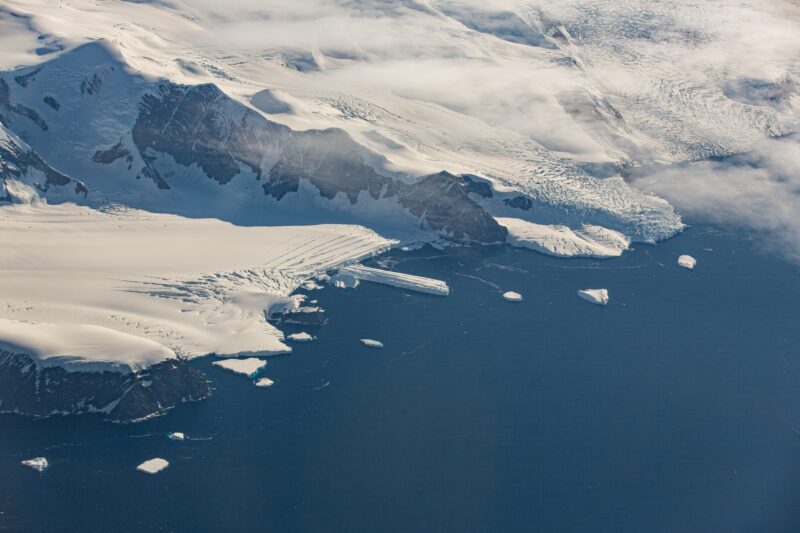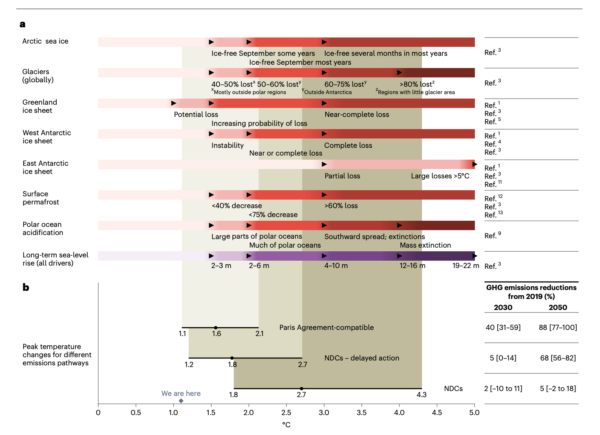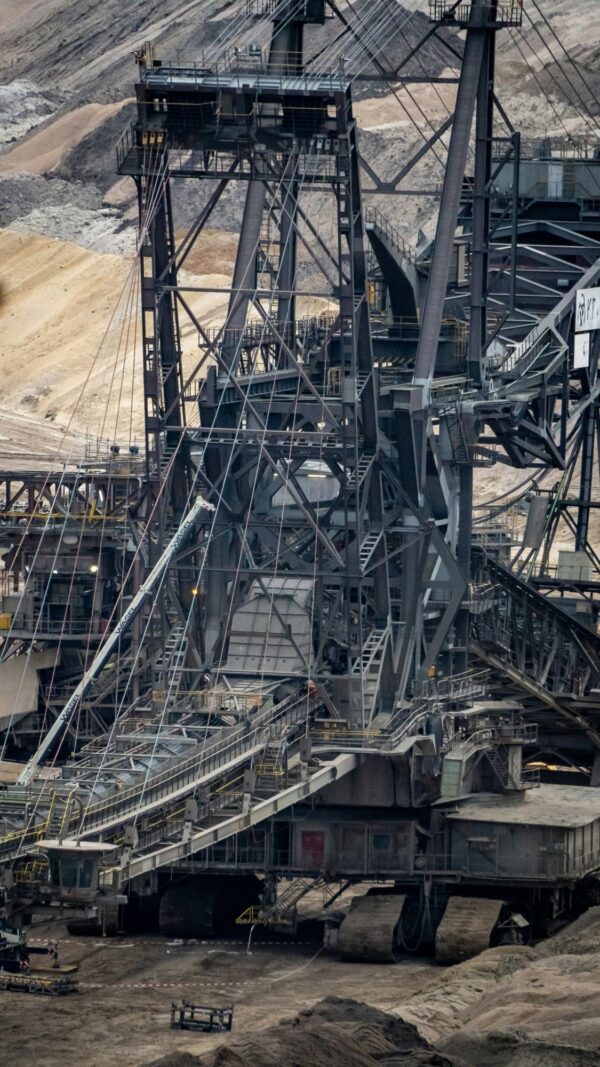Only halving emissions by 2030 can minimise risks of crossing cryosphere thresholds
Authors
Uta Klönne, Alexander Nauels, Carl-Friedrich Schleussner, Pam Pearson, Robert DeConto, Helen Findlay, Gustaf Hugelius, Alexander Robinson, Joeri Rogelj, Edward A. G. Schuur and Julienne Stroeve.
Share

Considering cryosphere and warming uncertainties together implies drastically increased risk of threshold crossing in the cryosphere, even under lower-emission pathways, and underscores the need to halve emissions by 2030 in line with the 1.5 °C limit of the Paris Agreement.
A key risk of climate change is the potential crossing of abrupt and/ or irreversible thresholds, often called tipping points. The need for improved understanding of such risks, as well as what is required to minimize them, is now also explicitly acknowledged by climate policy. ‘Abrupt’ means a much faster change than usual for that system, while ‘irreversible’ on a given timescale means that the system will not be able to recover to its initial state on a similar timescale. Some changes may be reversible on human timescales, after decades or centuries, whereas others may take millennia. For the cryosphere, which is not only particularly vulnerable to climate change but is also a key driver of sea-level rise, the latest IPCC assessment confirms again that several of its elements are susceptible to such threshold behaviour. Examples of these include the potential melting of the Greenland and Antarctic ice sheets or permafrost thaw.
With the atmosphere already at a current warming of more than 1.1 °C, IPCC assessments indicate that the risk of exceeding thresh- olds is moderate, and could be high with warming above 1.5 °C (using likelihoods as defined in the IPCC reports). Limiting warming in line with the Paris Agreement might still suffice to avoid passing multiple thresholds. The precise nature of Earth system thresholds, however, is subject to considerable uncertainties. While those temperature thresholds are usually accounted for, the range of possible temperature responses to emissions pathways as assessed by the IPCC7 is often less explicitly considered. In the following sections, we discuss both dimensions of uncertainty and implications for risk assessments of cryospheric threshold crossing under different emissions pathways.












